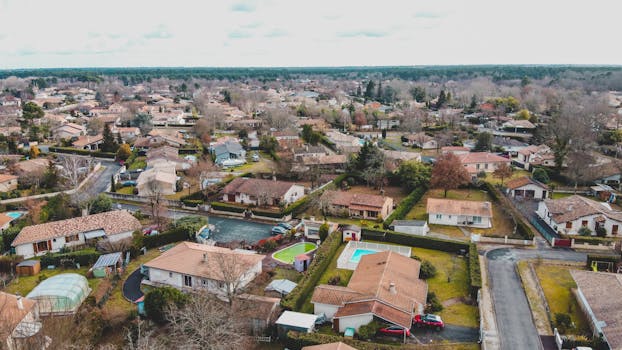
Urban Green Spaces: The Future of Outdoor Living in European Cities by 2025
Urban Green Spaces are becoming increasingly important in European cities, providing numerous benefits for residents and the environment. As we move towards 2025, it is essential to explore the future of outdoor living in European cities, highlighting the importance of green spaces in urban planning and development.
Introduction to Urban Green Spaces
Urban green spaces refer to areas of vegetation, water, and other natural elements within urban environments. These spaces can range from small parks and gardens to large nature reserves and green corridors. Urban green spaces are crucial for maintaining ecosystem services, mitigating the urban heat island effect, and providing recreational areas for residents.
Benefits of Urban Green Spaces
Urban green spaces offer numerous benefits for residents and the environment. Some of the most significant advantages include:
- Improved air quality: Urban green spaces can help reduce air pollution by absorbing pollutants and producing oxygen.
- Climate regulation: Green spaces can mitigate the urban heat island effect, reducing the temperature in urban areas and improving comfort for residents.
- Mental health benefits: Spending time in urban green spaces can reduce stress, improve mood, and enhance overall mental well-being.
- Biodiversity conservation: Urban green spaces can provide habitats for urban wildlife, supporting local biodiversity and ecosystem services.
Challenges and Opportunities for Urban Green Spaces
Despite the numerous benefits of urban green spaces, there are several challenges and opportunities that need to be addressed. Some of the most significant include:
- Urbanization and land use: The increasing demand for urban development and infrastructure can lead to the destruction of urban green spaces.
- Climate change: Urban green spaces are vulnerable to climate change, with rising temperatures and altered precipitation patterns affecting their functionality and biodiversity.
- Public engagement and participation: Encouraging public engagement and participation in the planning and management of urban green spaces is crucial for their success and sustainability.
Case Studies of Urban Green Spaces in European Cities
Several European cities have successfully implemented urban green spaces, providing valuable lessons for other cities. Some notable examples include:
- Barcelona’s Superblocks: Barcelona has implemented a network of superblocks, which are car-free zones that prioritize pedestrian-friendly spaces and urban green areas.
- Copenhagen’s Green Wave: Copenhagen has launched a green wave initiative, aiming to increase the city’s green spaces and promote sustainable urban development.
- Paris’s Green Corridors: Paris has developed a network of green corridors, which connect urban green spaces and provide habitats for urban wildlife.
Conclusion and Future Directions
Urban green spaces are essential for maintaining sustainable and livable cities. As we move towards 2025, it is crucial to prioritize the development and management of urban green spaces, addressing the challenges and opportunities that arise. By learning from successful case studies and implementing innovative solutions, European cities can create thriving urban green spaces that benefit both residents and the environment.




